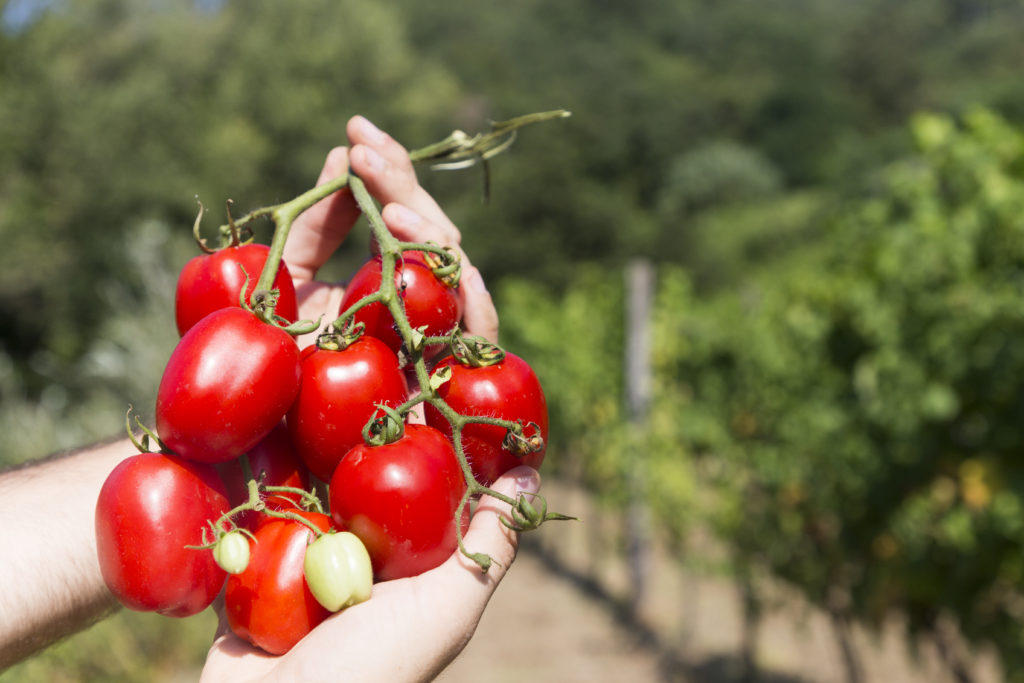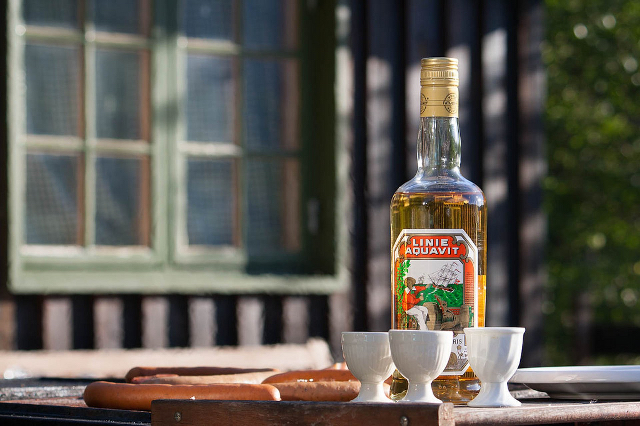The Amalfi Coast is a unique place, for its enchanting landscape and its history.
But its richness consists also in its heritage of biodiversity. We are referring to many autochthonous species (fruits, vegetables, grains, etc.), among which an ancient vegetable dating back to the XIX century: the King Umberto tomato.
The name of this tomato contains its fascinating history. It was in fact a tribute to Umberto I of Savoy, when he visited Naples for the first time as King of Italy in 1878.
This variety was chosen as a gift because it represented excellence at that time. The King Umberto tomato is also known locally by the name of Fiascone. An important curiosity is the fact that the Re Umberto tomato, crossed with another variety, gave origin to the San Marzano tomato.
The King Umberto tomato started to be cultivated in Tramonti and in the Amalfi Coast in the first years of the ‘900. Its seeds were spread from hand to hand. Each family had its own land used to grow it and to make preserves for domestic use.
Thus, the Re Umberto variety has been cultivated in Italy for over a century and sold by all the major seed companies. Over time, however, the seeds were confused and mixed with other varieties.
Fortunately, some local farmers jealously guarded this seed over time and donated it to a local Acabio association, which has done its best to spread it free of charge to support the rural biodiversity of the area.
Alongside the activities in the field, there has also been scientific research for the characterization of the tomato.
The result of this project is all in a final product of the highest quality. The "Re Fiascone" label represents the start of a model of sustainable development for the area, which aims to boost the local economy, supporting small farmers and at the same time safeguarding the terraced landscape, intertwining with other important realities such as the Pizza of Tramonti that will strengthen even more its recognizability with the use of a 0 km condiment.













